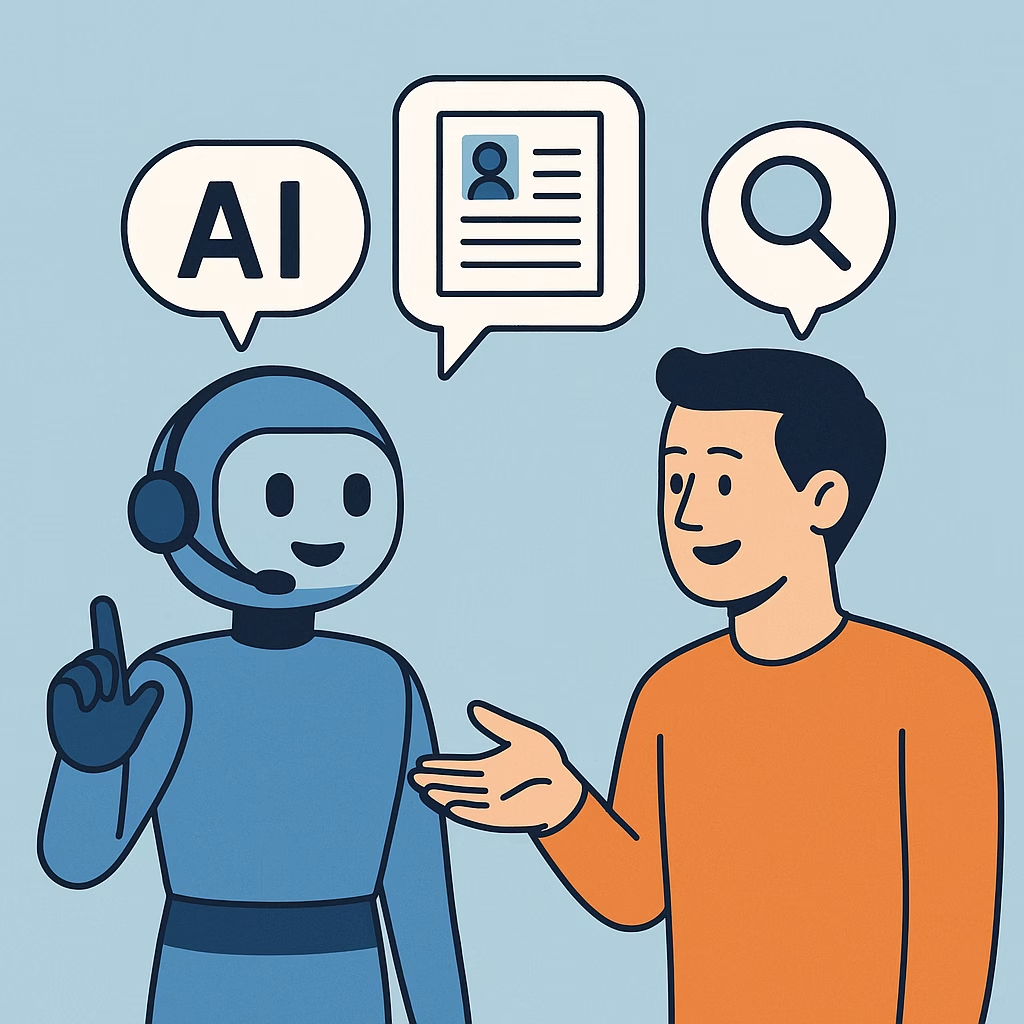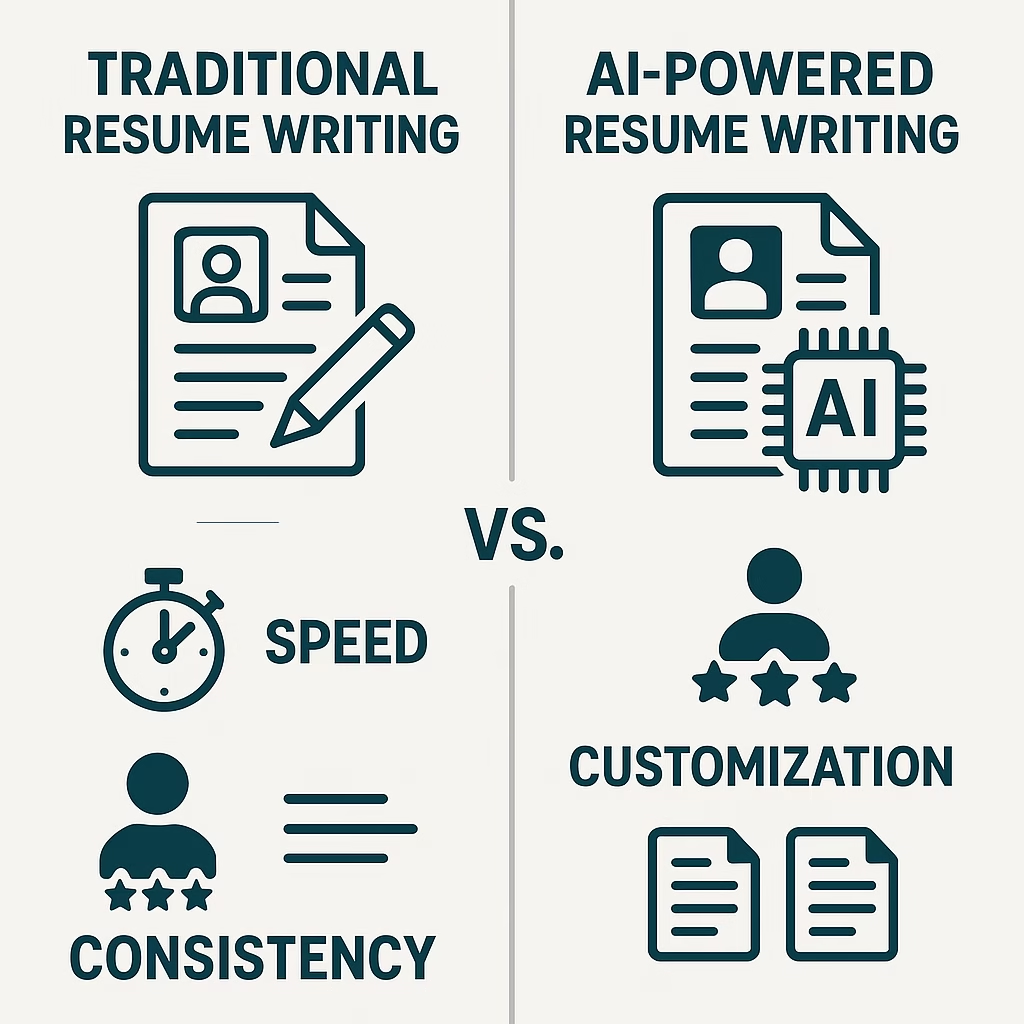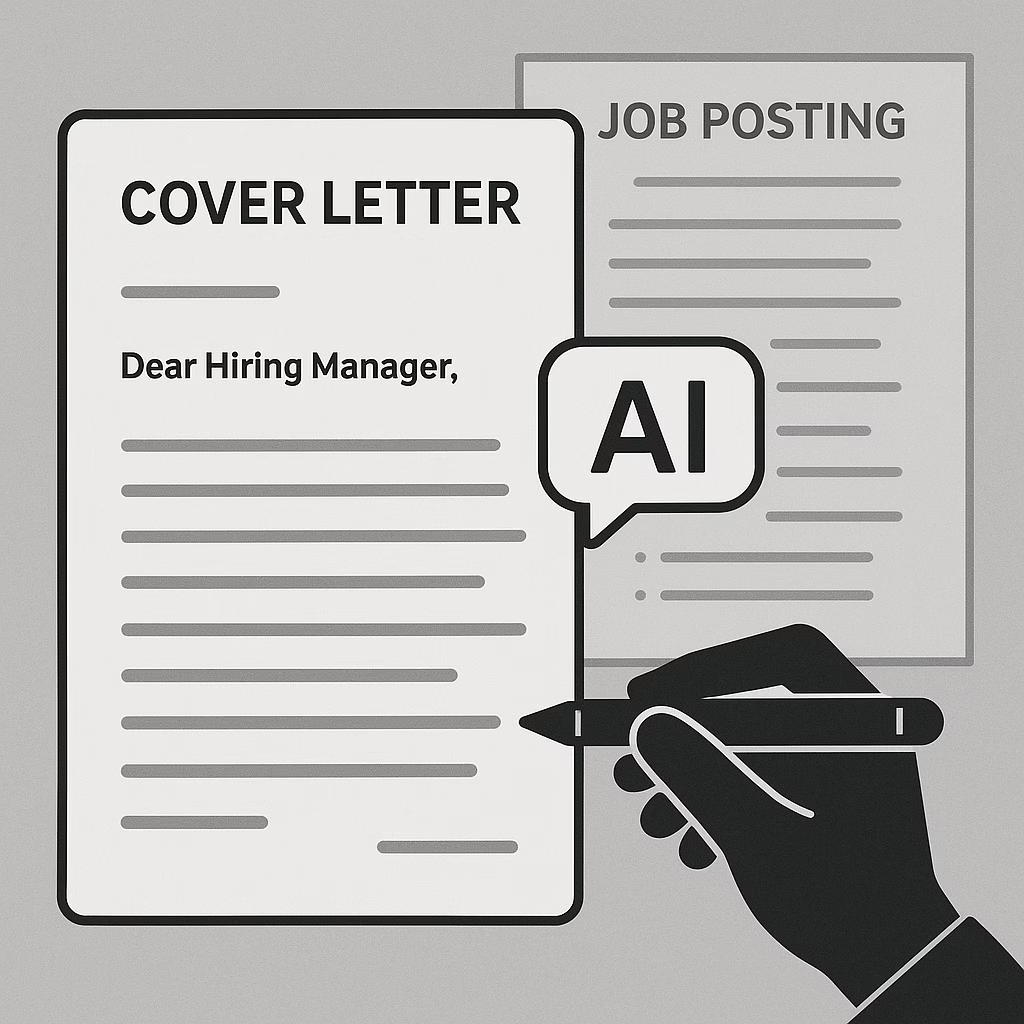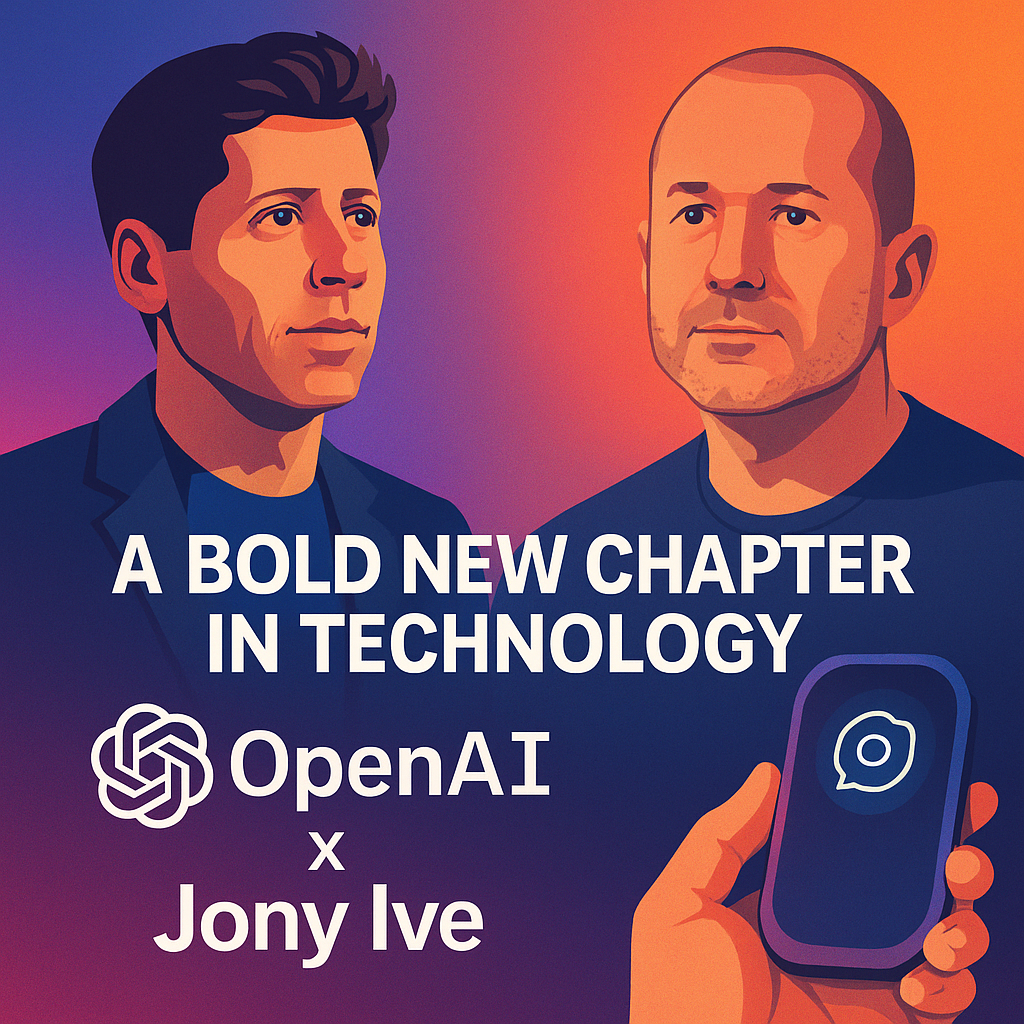Mastering ChatGPT for Resume Creation in 2025
Introduction:
How to use ChatGPT for resumes
With today’s job market more competitive than ever, your resume must capture attention immediately. Recruiters and Applicant Tracking Systems (ATS) scan countless applications every day—so yours needs to be both eye‑catching and ATS‑compliant. ChatGPT, OpenAI’s advanced language model, AI resume writing tool can help you draft polished summaries, compelling achievement bullets, and customized cover letters in minutes. In this walkthrough, you’ll learn how to frame effective prompts, see examples you can copy, and discover tips to refine the final output.
Why Use ChatGPT for Your Resume?
Writing a resume from scratch often raises these challenges:
Finding the right words to describe your accomplishments
Converting responsibilities into quantifiable results
Tweaking content to match each job posting’s keywords
Drafting a cover letter that feels personal yet professional
ChatGPT addresses all of these by generating:
Concise professional summaries that hook the reader
Results‑focused bullet points with measurable impact
Tailored text that mirrors job descriptions for ATS success
Custom cover letters suited to the company and role
Practice interview questions to boost your confidence
Whether you’re a seasoned pro or entering the workforce for the first time, ChatGPT accelerates your writing and ensures every section is crisp and relevant.
Core Benefits
| Benefit | Why It Matters |
|---|---|
| Speed | Create polished content in seconds, not hours. |
| Precision | Instantly align language with specific roles. |
| Uniformity | Maintain a consistent, professional tone. |
| Ease of Use | No writing degree needed—just supply the facts. |
| Affordability | Free or budget‑friendly plans suit every job seeker. |
Step‑by‑Step: Crafting Your Resume with ChatGPT
1. Define Your Prompt Clearly
Your prompt sets the stage. Always specify:
Job title
Years of experience
Key skills or tools
Desired tone (e.g., professional, assertive)
Example:
“Write a two‑sentence summary for a UX designer with five years’ experience in mobile app design, skilled in Figma and user research.”
This yields a focused intro you can place at the top of your resume.
2. Turn Duties into Achievements
Numbers catch an employer’s eye. Give ChatGPT for resume writing your role and results to create impact statements.
Example:
“Generate four bullet points for a finance analyst who reduced reporting time by 40%, automated Excel models, and collaborated with cross‑functional teams.”
You’ll get action‑packed bullets highlighting measurable outcomes.
3. Mirror the Job Posting for ATS
To beat ATS filters, match your resume’s phrasing with the job ad. Paste the description and have ChatGPT integrate its keywords.
Example:
“Here’s the marketing manager job description. Rewrite my bullet points to include their required skills: SEO, email automation, and Google Analytics.”
Using identical terminology boosts your ATS ranking.
4. Draft a Personalized Cover Letter
Generic cover letters fall flat. Provide role and company context for a persuasive draft.
Example:
“Write a one‑page cover letter for an operations manager applying to TechNova, highlighting my experience in supply chain optimization and team leadership.”
This delivers a ready‑to‑send letter that feels tailored.
5. Refine Language and Tone
Once you have the core content, ask ChatGPT to polish it. Aim for clarity, active voice, and professionalism.
Example:
“Edit this summary to remove passive language, simplify wording, and maintain an assertive tone.”
This final pass ensures readability and impact.
Reusable Prompt Templates
Summary:
“Write a [two‑sentence/three‑line] professional summary for a [job title] with [X years] of experience in [industry], emphasizing [key skills] and [notable achievement].”Bullet Points:
“Create [three/four] resume bullet points for a [job title] that include achievements like [specific result] and tools such as [tool list].”Cover Letter:
“Generate a customized cover letter for a [job title] applying to [company], focusing on my success in [skill/metric].”
Example Interaction
User Prompt:
“Write three bullet points for a customer support lead who improved NPS by 20% and managed a team of eight.”
ChatGPT Response:
“Led and coached an eight‑person support team, raising Net Promoter Score by 20% through streamlined feedback processes.”
“Implemented a new ticketing workflow that reduced average response time by 35%.”
“Collaborated with product and QA teams to resolve top customer pain points, boosting satisfaction ratings.”
Common Pitfalls and How to Avoid Them
Vague Prompts: Always include role, metrics, and tools.
Copy‑Paste without Reviewing: Edit AI output to reflect your genuine voice and verify accuracy.
Ignoring Keywords: Use terminology from the job ad to improve ATS performance.
Overly Complex Language: Stick to clear, direct phrasing—avoid jargon.
Best Practices for Maximum Impact
Quantify Everything: Use data to back up your achievements.
Choose Active Verbs: Opt for words like “designed,” “led,” or “implemented.”
Customize per Application: Tailoring shows genuine interest.
Use a Clean Layout: After writing, format in Canva, Zety, or Resume.io.
Prep for Interviews: Ask ChatGPT to simulate likely questions and draft model answers.
Beyond Resumes: Additional ChatGPT Applications
| Use Case | Prompt Example |
|---|---|
| Interview Prep | “List five behavioral questions for a product manager role.” |
| Career Switch | “Help me rewrite my experience as a teacher for a corporate training role.” |
| LinkedIn Update | “Craft a LinkedIn headline for a data scientist specializing in AI/ML.” |






